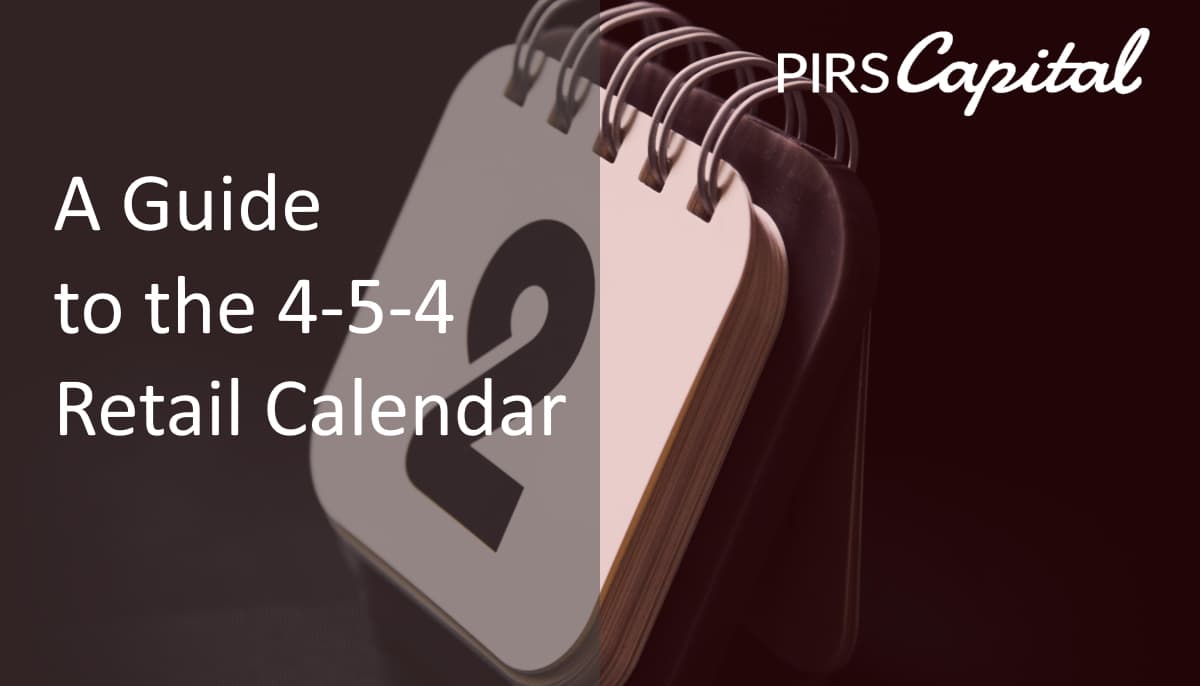
Although the Gregorian calendar has been used for keeping track of dates for hundreds of years, it is not reliable enough to be utilized for financial transactions. The retail industry has used the 4-5-4 calendar format since the 1930s because it allows for more precise sales reporting and forecasting. Learn more to find out if the 4-5-4 calendar 2022 is better than the 5-4-4 calendar 2022 for your retail business.
A 4-5-4 Calendar: What Does It Look Like?
The importance of setting a start and end date cannot be overstated when discussing calendars. People are accustomed to the Gregorian calendar, which begins on January 1 and finishes on December 31. While other calendar systems are in use in some communities, the Gregorian calendar has become the de facto standard in administrative circles around the world.
Despite its widespread familiarity, this arrangement is not without potential financial risks. Consistency, a key component of accurate bookkeeping, is overlooked by the civil calendar.
Breaking Up Weeks to Maximize Efficiency
Weekends are the busiest shopping days of the week, a fact that was first noticed by American merchants in the 1930s and has been maintained to the present day. Since the number of weekends varies from quarter to quarter, it has become increasingly difficult to give reliable quarterly reports. This is necessary since most stores use their previous quarter’s average sales numbers to predict what the next quarter will bring.
In the absence of a shift in the retail calendar, reporting on sales periods can become complex. Many businesses, including supermarkets and department stores, have deviated from the civil calendar by dividing the year into 52 weeks that always begin on a specific day in order to better manage their finances. Q4 now encompasses the winter holidays, which are celebrated through the end of January. Therefore, the retail fiscal calendar always starts on the first Sunday of February.
This allows businesses to standardize their sales cycles. It would be challenging to commence end-of-quarter financial operations if the Q4 sales period concluded on the last day of the year. Without the data from the previous sales period’s close, projections for the following period would be erroneous. For the same reasons, it could also lead to off-the-mark cost estimates and reports.
The one-day discrepancy arises from the 4-5-4 calendar’s inclusion of 52 weeks (52 x 7 = 364) rather than 365 days. In leap years, when there are four or more extra days, the 4-5-4 calendar may include 53 weeks instead of 52. Those days would be carried over to the following period if there are less than four. Each quarter has a different length; the first one is four weeks long, the second is five, and so on. This trend lasts all year.
This allows for a more streamlined holiday season and holiday season for businesses. If the calendar is reworked in a way that is more convenient for retailers, sales data can be collected in a way that makes volatile weeks more comparable to one another and more predictable. This facilitates sales and forecasting estimates, financial procedures, and time management.
This radically altered conventional retail accounting processes in the 1940s, and the technique quickly spread across the country. The National Retail Federation Fiscal Calendar, which is used widely in the retail industry, is based on this scheme. Businesses can use the NRF’s reference to view the 4-5-4 retail calendar for any given year.
See Also:
How It Helps Time Management
When the week starts on Sunday, payroll departments have till Wednesday to finish recording salary data and filling out timesheets. Employees report higher levels of happiness since they receive their wages more quickly. Record keeping is made easier by numbers that are consistent.
When employees are aware that they will always be off on the same days, it enables them to plan ahead. It is not always easy to determine the day that an event will take place when using a calendar that is organized by date rather than by weekday. Hobby clubs and support groups are easier to prepare for if they meet on the second Tuesday of the month.
The 4-5-4 retail calendar outlines daily obligations, and each week’s rhythm is regular. Wednesday is payday and Saturday is the weekend. This makes the world more predictable and allows automation.
What About 4-4-5 Accounting?
If you use a 4-4-5 calendar, you’ll see that one month is significantly longer than the other two by a margin of 25%. This makes it harder to compare data or notice patterns over time. Still, you can use week-by-week data comparisons or compare a certain period to the corresponding period of the previous year.
The fact that the 4-4-5 calendar only has 364 days could also be problematic (7 days x 52 weeks). It indicates that every 5 years, on average, there will be a year with only 53 weeks. Because of this, comparing two years may be more challenging.
If you operate globally as a group, you must also consider local reporting requirements. You may need to make small closure changes when consolidating financial data.
Final Thoughts
The stability that the fiscal calendar provides between quarters is a key factor in the success of annual reports. The filing of annual financial statements is still required, depending on the kind of business and where you operate. When making adjustments to your books, it’s important to file the appropriate paperwork with the Internal Revenue Service.
Now, if at any moment you find yourself worried about the fiscal year finances, read out to e for quick aid.

I work with companies that sell products on platforms such as Amazon, Shopify, Walmart, Ebay, Etsy, etc. I understand that every business is unique and thats why I form genuine relationships with owners so I can help them reach their goals and find success through our working capital solutions.
